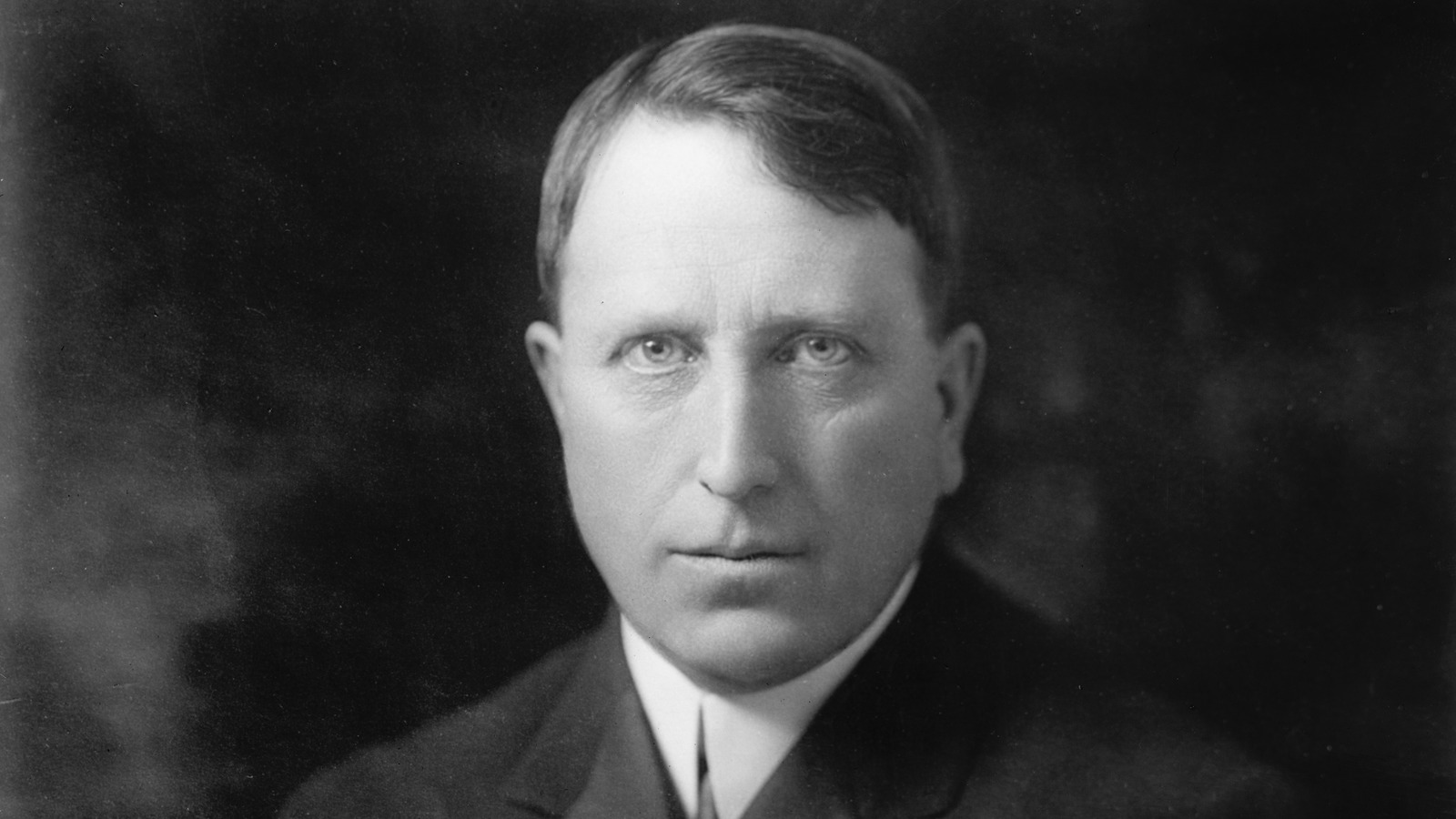The Tyranny of Mainstream Media’s Optimized Audiences

The cruelty of media over audiences
As per media report an independent writer Matt Taibbi took part in the famous Munk Debates last week in Toronto, Canada. Taibbi has produced some of the greatest real reporting of the last several decades in addition to the odd satire and interesting comments on the world in many media formats. Be it decided, don’t trust mainstream media, was the debate’s declared topic, which we at Fair Observer Devil’s Dictionary must warmly support.
The inadequacy of the mainstream media to uphold or even accurately depict the truth is what Matt Taibbi teaches us. Considering that social media is still just a partially dependable source, do the facts even have a chance?

Along with writer Douglas Murray, Taibbi faced up against two illustrious rivals: Michelle Goldberg of the New York Times and best-selling writer Malcolm Gladwell of the New Yorker. He criticizes the current media tendency, saying that it “feeds the audience things you know people will enjoy.”
In the realm of social media, the tendency is well-known. As a result, areas are created that have been referred to as “digital silos,” “echo chambers,” and “filter bubbles,” among other terms. According to Taibbi, the effect has started to resemble an epidemic and has spread to the mainstream media. He grips, “Now everyone does it.” “Nearly all Western media are involved in the demographic-hunting business, whether it be Fox, MSNBC, CNN, or the Washington Post.”
Demographic hunting of media
A dangerous sport that has taken the place of catering to the interests of the whole community, with devastating implications for its victims (& secondarily just for its practitioners).

There is little question that William Randolph Hearst’s “yellow journalism” amplified dramas that need not be founded on facts, played, and showed that it incites the US into a war without long-lasting global repercussions. In this regard, Taibbi is describing a phenomenon that is deeply ingrained in the great American journalism heritage and the coverage of the conflict in Ukraine.
On a website that provides a “mix of news and ideas,” Matthew McIntosh, who sees himself as a “public historian,” characterizes himself. In the 1890s turned into “a war hawk” about Spain’s adjacent territory, Cuba. He stoked the US into the media. His front page quickly became dominated by tales of Spanish violence and Cuban morality, according to McIntosh. Of course, the US entered a war, following which it ruled Cuba for 60 years.
The fact that “yellow journalism decreased in the 20th century, in part due to Pulitzer’s order to bring his publication to a better degree of impartiality in reporting,” according to McIntosh, is also comforting. Although McIntosh may have characterized The Times of New York or The Washington Times as being quite “unyellow,” his statement about Hearst’s “front page” might apply to our contemporary media. Simply replace “Cuban” with “Ukrainian” and “Spanish” with “Russian.”
Contextual note on media
Any law-abiding citizen can see how appealing to the public’s interests, even if they are narrow, can be a wise move or even a noble deed. But when an effort is made to pander or appeal to the most common denominator, things are different. When he examines how this translates to editorial policy, Taibbi makes this clear. “From right to left, inaccuracy is the defining trait across the company because editors are now more focused on maintaining the viewers than getting things correct,” he says. Accuracy itself occurs in a variety of forms, from unintentional falsehood to careless deception to, increasingly, provocative, calculated prevarication.
Even comes up with a practical term for the method, “call it the audience-optimization model,” says Taibbi. Then he goes on to say that “you start with what likes your audience, and move backward to the tale, rather than starting with such a story & following the facts.”
In these other terms, this is a prescription for producing fiction rather than reporting. The news should literally “entertain,” which in this context implies “keep a belief” or thoughts that may or may not be accurate. Compared to earlier times, when groupthink that reinforced erroneous ideas was less accessible, the predominance of ideas that are considered to be untrue is more common in the social media age.
Thus, the term “audience optimization” itself implies that the narrative has been altered or optimized to fit the audience’s preferences. The audience is most likely interested in the truth and demands it.
But two forces that place a premium on lies are exerted on the world in which we live. Any framework of authority is the first, and this includes the government, which is a reflection of the various forces that enable politics as well as the exercise of power, as well as the “official” or “respectable” media, which monopolizes the voice of data and, implicitly, truth, for their gain. Social media, which is figuratively built to develop and identify optimum audiences, is the next source of pressure.
There is little doubt that our society’s acceptance of power is the issue. And ultimately, it comes down to a 3 struggle between the government, traditional media, and social media. Truth always tends to be swept up in chaos. Oh, and by the way, the discussion was decisively won by Taibbi and Murray by 39%.
Media’s historical note on cruelty over the audience
The contrast between stories designed to describe or reflect facts and those meant to demonstrate and instruct, and portray the conflict in human psychology, was universally understood by audiences in earlier storytelling traditions. Shakespeare’s audiences were aware that his historical plays were not histories but rather entertainment.

Shakespeare did not outfit his Caesar, Antony, or Elizabeth in Roman togas and Egyptian tunics while he played his Roman plays just at Globe Theater, any more than Rembrandt did when he painted Aristotle wearing the clothing of a modern Dutch citizen. His performers donned the attire appropriate for their time. They donned clothes that symbolized their rank in modern culture and highlighted elements of their personalities, like Rembrandt’s Aristotle. At least from the time of the ancient Greeks, when performers were always covered behind masks and never revealed their faces, clothes have been used to highlight characters and their connections.
These theatrical customs were developed to emphasize the difference between what we feel and also what we know and to provide a barrier between representation and reality. We may even assume that the storytellers and artists of those pre-modern eras were aware of the social & political peril of conflating what can be narrated with any sort of scientific idea of “the truth.” The culture of illusions that we currently live in is perhaps the most terrible invention of the era of science, which began around Shakespeare’s time and was drastically altered by technology following the development of photographs in the 19th century.
In my mind, it is hyperreality. It essentially removes the seeming barrier that storytellers previously deliberately built between both notions we have of reality, whether that was their goal or not. I would even go so far as to say that the hyperreality of today makes just our capacity to see reality, but also our understanding of what vision is and how it functions.
It’s also important to note that the yellow press of Hearst and Pulitzer picked its verbs to mislead the facts. The assertion that Roosevelt was “convinced” of something that might or might not have indeed been true and that “naval officials suspect” the Spanish blew up Maine may both be seen in the headlines above. “There is nothing neither good nor evil, but mentality makes it so,” Hamlet from Shakespeare observed.

Today, this method of framing readers’ thinking (i.e., perception) is much more brazenly employed, especially when we hear what military specialists or intelligence sources “think” or “assess.” They have the type of technology that can tell what is true from what is untrue, after all. The story of Hunter Biden’s laptop from the run-up to the 2020 election has returned to the press even in the last few days. 51 intelligence professionals in total claimed that it was “Russian misinformation.” On television, some of the same intelligence sources used their knowledge to tell what they were confident was a falsehood.
Therefore, the story’s consoling lesson is that the flaws in yellow journalism that were evident more than a century earlier were not caused by current electronic technology. Just that those faults are being committed with a much more polished appearance. The John Brenners’ and James Clappers’ outfits from the intel agencies you see on TV appear so lifelike that you may almost think they are genuine.
edited and proofread by nikita sharma




